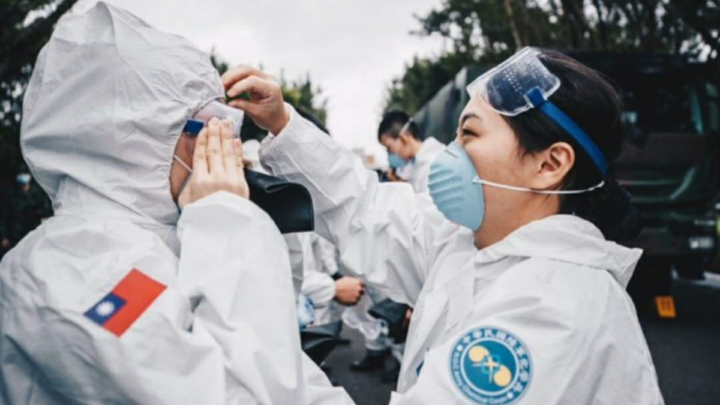
REA Newsletter Editor: Sheuwen Chuang. Article by: Yu-Hsing HUANG (National Pintung University of Science and Technology, Taiwan)
You may not have noticed the inherent resilience capability we have as a natural gift for survival. In recent public health measures against COVID-19 in Taiwan, the author has observed amazing resilience practice and realized the resilience is actually part of the human nature.
Living with the unexpected natural disasters and threats, such as earthquake, typhoon, extremely torrential rain, and epidemic diseases, Taiwanese people have been practicing resilience for survival. While looking back in Taiwan from the very beginning of noticing COVID-19 threat untill now, the author observed the whole process of keeping the public healthy matches resilience engineering perfectly. All measures that the central government has been taken reflect a high level of resilience ability perfectly matches that proposed by Prof. Hollnagel[1]; i.e., respond, learn, monitor, and anticipate. This encourages us as researchers to better find out the resilience ability and the process with which our COVID-19 measures come out.
The COVID-19 pandemic has had a much smaller impact in Taiwan than those in most other industrialized countries, with a total of 535 confirmed cases and 7 deaths as of 16 October 2020. Timely border control might be the most important and effective preventive measure for combating COVID-19 in Taiwan according to the information officially documented. As earlier on 31 December 2019, Taiwan responded with border control and onboard inspections for direct flights from Wuhan. On 26 January 2020, Taiwan suspended almost all air travel to and from China except five airports, and put in place quarantine measures for passengers who flew from China. Later, the same policy is applied to all commercial flights from and to those countries with confirmed COVID-19 cases. Timely border control provides Taiwan precious time for preparing counter measures and reserves limited medical resources for confirmed cases. The resilience demonstrated in combating COVID-19 can trace back to the decades of experiences learned from fighting against SARS, bird flu, and epidemic flu in the past in Taiwan.
The combating with COVID-19 not only demonstrates Taiwan’s ability in epidemic prevention but also call for the awareness of the resilience in the human nature. Prof. Hollnagel, Prof. Richard Cook, and Prof. Woods were invited to Taiwan in recent years and introduced resilience engineering to local researchers. Their speeches prompted the resilience engineering research in Taiwan. The definition and Chinese translation of the term “resilience” was discussed for ease of its understanding and promotion[2]. The resilience of emergency medicine support in the Formosa Fun Coast Dust Exploration event in northern Taiwan4][4] and the resilience of ward nursing practices at a local hospital in southern Taiwan[5] were studied and reported. A Resilience Assessment Grid (RAG) questionnaire tailored for emergency department was developed[6], and the hospital COVID-19 resilience potentials were studied[7]. The Resilience Engineering related studies in Taiwan is growing and would be acknowledged by the world.
References:
- Hollnagel, E. (2018). Safety-II in Practice: Developing the Resilience Potentials. Oxon, UK: Routledge.
- Wang, M. & Huang, Y. (2020). Introduction to Resilience: Wisdom, Anticipation, and Positive Response to the Situation (in Chinese). Journal of Healthcare Quality, 14(4), 20-24.
- Chuang, S., Woods, D., Ting H., Cook, R., & Hsu, J. (2019). Coping with Mass Casualty: Insights into a Hospital’s Emergency Response and Adaptations after the Formosa Fun Coast Dust Explosion. Disaster Med Public Health Preparedness, August.
- Chuang, S., Ou, J, Hollnagel, E., Hou, S. (2020). Measurement of Resilience Potential – Development of a Resilience Assessment Grid for Emergency Departments. PLOS ONE 15(9).
- Huang, Y. (2020). Coping with COVID-19: The Resilience Potentials of Hospitals in Taiwan. Working Paper.
